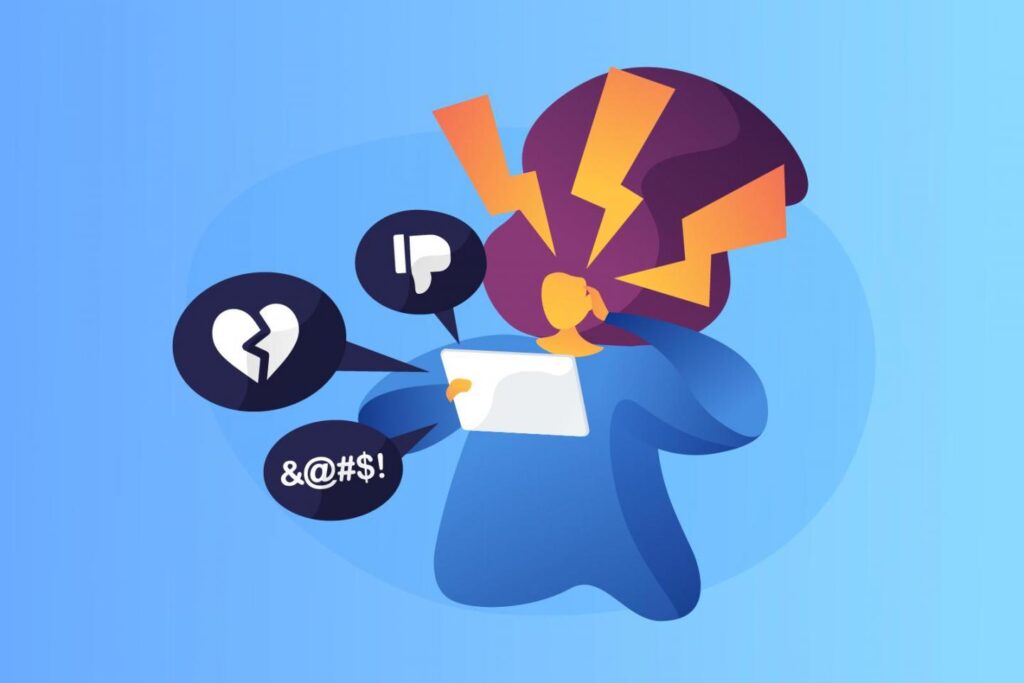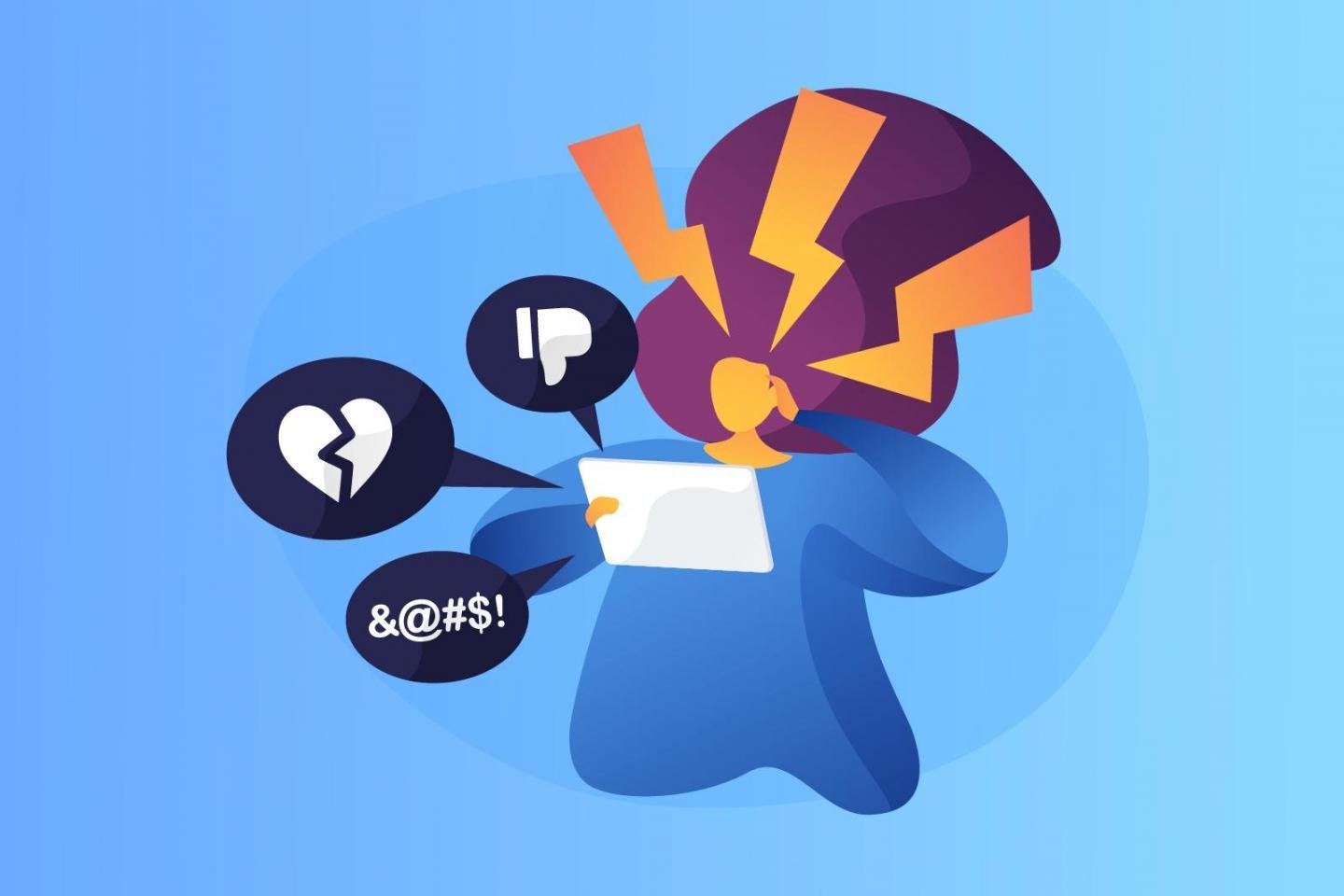Online Harassment: How to Identify and Respond to Cyberbullying and Cyberstalking
As social media and other digital platforms become more popular, online harassment has become a more serious issue. Cyberbullying and cyberstalking are both forms of online harassment that can take many different forms, from mean comments and hurtful messages to actual threats of harm.
In this article, we’ll talk about what cyberbullying and cyberstalking mean, and how to recognize when you or someone you know may be experiencing them. We’ll also cover what steps you can take to help prevent or deal with online harassment, and what resources are available to those who need support.
It’s important to understand what online harassment is, and how it can affect people emotionally and mentally. By knowing what signs to look out for and what steps to take, we can all help make the internet a safer and more positive place.

What is Cyberbullying and Cyberstalking?
Cyberbullying refers to using technology like text messages, social media, email, or other digital platforms to harass, intimidate, or humiliate someone. This kind of behavior can be really hurtful, especially when it happens over and over again. Cyberbullying can cause a lot of emotional pain and stress for the person being targeted. It’s important to be aware of this kind of behavior and to take it seriously, whether you are experiencing it yourself or you know someone who is.
Cyberstalking, on the other hand, is the use of technology to repeatedly harass or threaten someone. Unlike cyberbullying, cyberstalking involves a pattern of behavior that can include unwanted contact, monitoring, and tracking. Cyberstalking can be a criminal offense, and victims should take it seriously.
Identifying Cyberbullying and Cyberstalking
Cyberbullying and cyberstalking can take many forms, and it’s important to be able to identify them. Here are some signs that someone may be a victim of online harassment:
Hurtful comments or messages: If someone is receiving derogatory or offensive messages online, they may be the victim of cyberbullying or cyberstalking.
Threats: If someone is receiving threats of physical harm or violence online, they may be the victim of cyberstalking.
Monitoring: If someone feels like they are being watched or monitored online, they may be the victim of cyberstalking.
Unwanted contact: If someone is receiving unsolicited messages or contact online, they may be the victim of cyberstalking.
Changes in behavior: If someone is experiencing significant emotional distress or changes in behavior, they may be the victim of online harassment.
Responding to Cyberbullying and Cyberstalking
If you or someone you know is a victim of cyberbullying or cyberstalking, there are steps you can take to protect yourself and get help:
Don’t respond: It’s essential not to engage with the bully or stalker online. Responding can escalate the situation and make things worse. Instead, take a break from social media and other digital platforms if necessary.
Document everything: Keep a record of all the messages, emails, or other digital communications. This can help you build a case if you decide to involve law enforcement.
Block the person: Block the person on social media and other digital platforms to prevent further contact. If they continue to contact you, consider changing your phone number or email address.
Seek help: Talk to a trusted friend or family member about what is happening. Consider seeking help from a counselor or therapist to deal with the emotional impact of cyberbullying or cyberstalking.
Report the behavior: If the behavior is criminal, report it to the appropriate authorities. Cyberstalking is a criminal offense in many jurisdictions, and you may be able to get a restraining order or protective order.
Use online resources: Many organizations provide resources and support for victims of online harassment. The Cyberbullying Research Center and StopBullying.gov are just a few examples of resources that can provide help and support.
Conclusion
Dealing with cyberbullying and cyberstalking can be really tough, and it’s important to take it seriously. These types of online harassment can be hurtful and can have long-term effects on the people who experience them. Whether you’re going through it yourself or you know someone who is, there are steps you can take to protect yourself and put a stop to the harassment.
One of the most important things you can do is to stay calm and not let the harassment get to you. Seek out support from someone you trust, like a friend or family member, and consider reaching out to a mental health professional if you need it. Taking action is also important – this might involve reporting the harassment to the platform where it’s occurring or even contacting law enforcement. Don’t be afraid to ask for help if you need it, and know that there are resources available to support you.
Image Source : UNICEF







